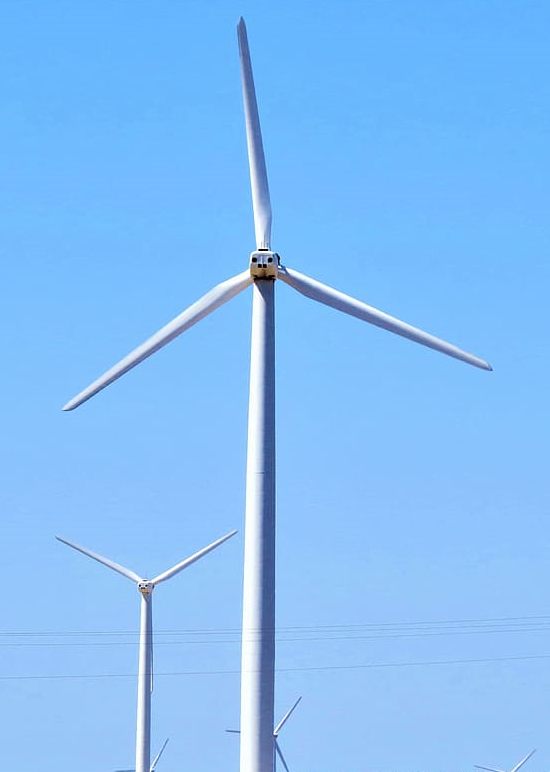The energy supply sector is the largest contributor to greenhouse gas (GHG) emissions. According to the IPCC 5th report, GHG emissions due to energy production were approximately 35% of total anthropogenic GHG emissions.
Annual GHG-emissions growth in the global energy supply sector accelerated from 1.7% per year from 1990–2000 to 3.1% per year from 2000–2010. It was due to the rapid economic growth in countries such as China and an increase in the share of coal in the global fuel mix.
There are still chances for a change. GHG emissions due to energy production have been reduced in the last decade in many countries, by incrementing significantly renewable energies in the total energy production share. Reducing the use of fossil fuels for energy production is vital to keep the rise in global temperatures well below 2°C, which is the aim of the Paris Agreement.
However, according to the International Renewable Energy Agency (IRENA), to accomplish the Paris Agreement goal, the per cent of the use of renewable energies in the total energy share must be raised to 65% from the current 15%.
We show below the GHG emissions of the 25 most relevant contributing countries. GHG emissions at each country come from 1970 to the present decade, according to World Bank Open Data records.
Data from {{cname}} ![]()
Yearly CO2 emissions (in Mt)
% of Energy production coming from oil, gas and coal sources
GHG emissions due to energy production – Renewable energy
Remarkably, the European countries in this 25-countries list have reduced their GHG emissions significantly. Furthermore, they have incremented the share of renewable sources in their total energy production share, reducing the use of fossil fuels.

The European countries are net oil importers. Therefore, shifting to renewable energies is a sounder strategy. Net oil exporters, however, such as Russia or Saudi Arabia, still depend on fossil fuels for their energy production.
The specific use of renewables in Europe depends on each country’s resources. France, for instance, combines hydraulic power with nuclear energy, among others.
Some other countries, such as the United Kingdom and Germany, bet for an extensive use of wind farms.
The good news comes from China and the United States. They contribute largely to the main GHG emissions on the planet. Both countries have reduced their share of fossil fuels in their energy production. Total GHG emissions are at least not higher than in previous years.
The bad news comes from India, Iran, Brazil and other countries which incremented both, the use of fossil fuels and the GHG emissions. The industrial development of these “emerging” countries is quite recent. They deserve a reliable economic growth, but they have a challenge: to reduce GHG emissions while growing.

Despite the achievements in reducing GHG emissions in several countries, we have to go further to meet the Paris Agreement goal. Environmental organizations and the general public could play an important role. They could pressure governments to increment the share of renewable sources in the total energy production at the national scale.

